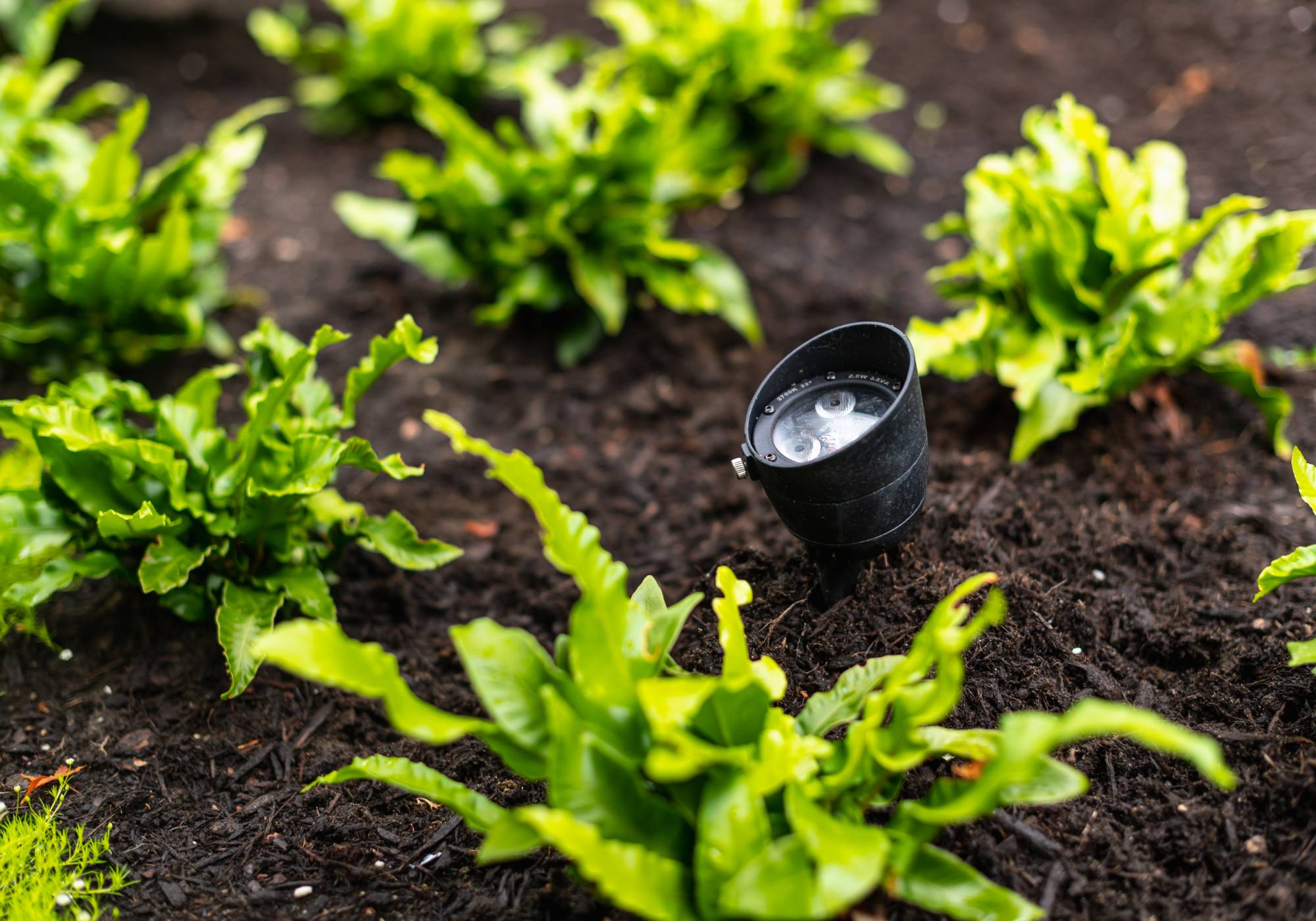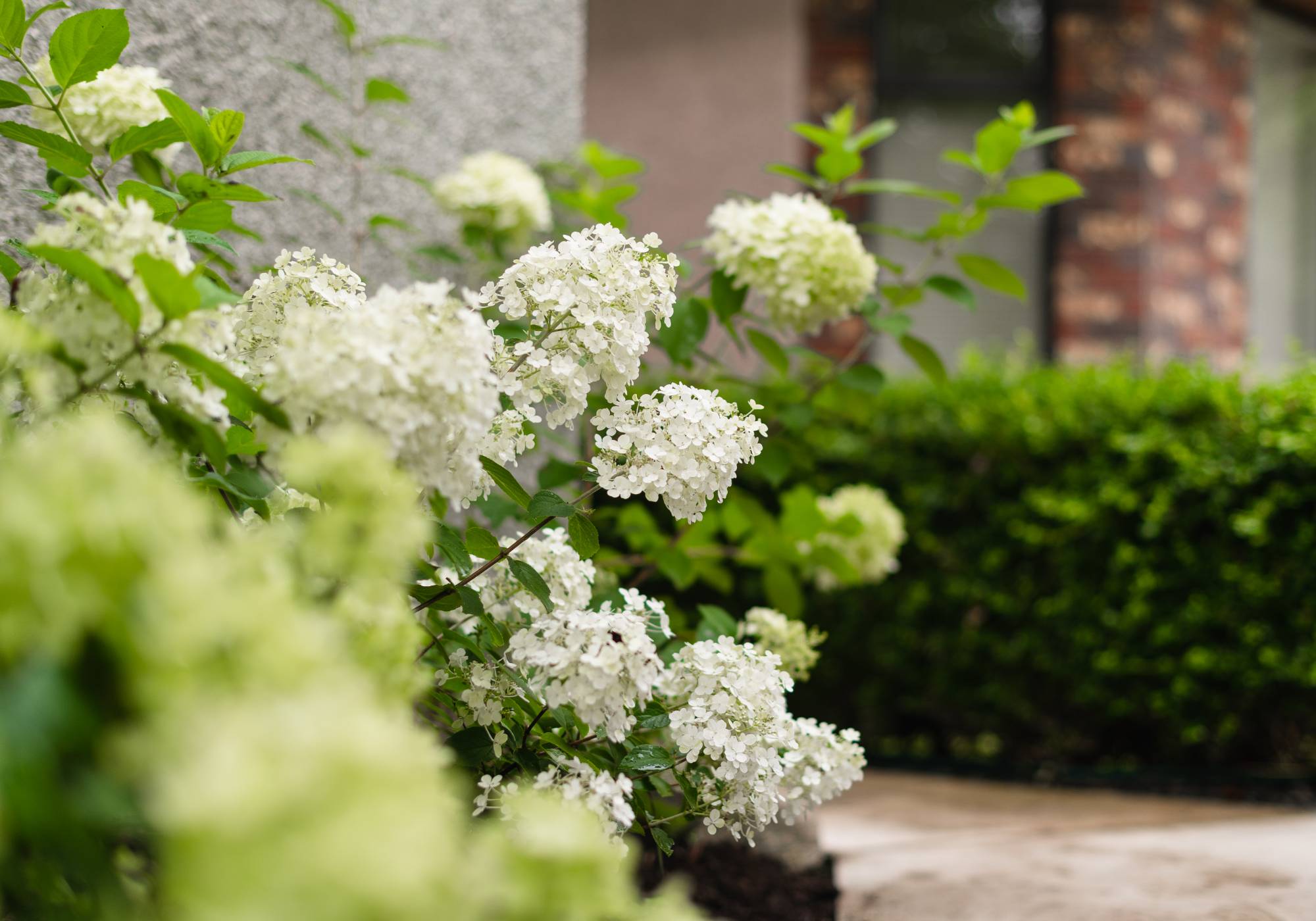The Importance of Sustainable Landscaping: A Guide for Homeowners
September 15, 2023 Craine Projects
In today’s world, where environmental concerns are at the forefront of our minds, sustainable landscaping has emerged as a pivotal practice for homeowners. More than just a trendy buzzword, sustainable landscaping offers numerous benefits that go beyond just aesthetics. In this comprehensive guide, we’ll delve into the importance of sustainable landscaping, exploring its environmental and economic advantages. We’ll also discuss how it can enhance property value, provide water conservation techniques, promote biodiversity, and much more. Whether you’re a seasoned gardener or just starting, this guide will help you embark on your sustainable landscaping journey.

Introduction to Sustainable Landscaping
Sustainable landscaping is more than just arranging plants and rocks; it’s about creating a harmonious environment that supports the delicate balance of nature. As homeowners, it’s our responsibility to tread lightly on the planet and make choices that reduce our carbon footprint. Sustainable landscaping enables us to do just that by implementing practices that are ecologically sound, economically viable, and socially responsible.
Environmental Benefits of Sustainable Landscaping
One of the primary reasons to embrace sustainable landscaping is its positive impact on the environment. By using native plants, minimizing chemical inputs, and reducing water consumption, you can significantly lower your ecological footprint. This not only benefits your immediate surroundings but contributes to the broader effort to combat climate change.
Furthermore, sustainable landscaping also plays a crucial role in preserving local ecosystems and enhancing the overall resilience of our communities. By supporting native plant species and reducing the reliance on harmful chemicals, homeowners become stewards of their environment, promoting the health of pollinators, wildlife, and the delicate balance of nature.
As we collectively strive to combat the challenges posed by a changing climate, sustainable landscaping stands as a tangible and effective way for homeowners to be part of the solution, fostering a more sustainable and harmonious coexistence with the natural world.
Economic Advantages for Homeowners
While sustainable landscaping may seem like an initial investment, it pays off in the long run. By adopting sustainable practices, homeowners can reduce water bills, lower maintenance costs, and even become eligible for tax incentives and rebates. Over time, these financial benefits can make a substantial difference in your household budget.
Enhancing Property Value through Sustainable Landscaping
Sustainable landscaping isn’t just about saving money; it’s also about increasing the value of your property. A well-designed sustainable landscape can boost curb appeal, making your home more attractive to potential buyers. In fact, studies have shown that homes with sustainable landscapes often sell for a higher price and spend less time on the market.
Water Conservation Techniques in Landscaping
Water scarcity is a pressing global issue, and sustainable landscaping plays a vital role in conserving this precious resource. Through techniques such as xeriscaping and the use of drought-tolerant plants, homeowners can significantly reduce water usage in their landscapes while still enjoying lush and vibrant gardens.
Native Plants and Biodiversity
Planting native species in your landscape not only conserves water but also supports local wildlife. Native plants provide food and shelter for birds, insects, and other beneficial creatures, contributing to the overall biodiversity of your area. They also require less maintenance and are better adapted to the local climate.

Soil Health and Fertilization Practices
Healthy soil is the foundation of a thriving landscape. Sustainable landscaping emphasizes soil health through organic fertilization practices, reducing the need for synthetic chemicals that can harm the environment and aquatic ecosystems. By nurturing your soil, you create a fertile ground for your plants to flourish.
Energy Efficiency in Landscape Design
Strategically designed landscapes can also improve the energy efficiency of your home. By planting trees strategically to provide shade in the summer and act as windbreaks in the winter, you can reduce your energy consumption, leading to lower utility bills and a smaller carbon footprint.
Low-Impact Hardscaping and Construction
When it comes to hardscaping, such as patios and walkways, choosing sustainable materials like permeable pavers can minimize the environmental impact. Additionally, using recycled or locally sourced materials reduces transportation emissions and supports your community’s economy.
Pest and Disease Management in Sustainable Landscaping
Sustainable landscaping focuses on preventing pest and disease problems rather than relying on chemical treatments. This approach protects the environment, beneficial insects, and the health of your family. Integrated pest management (IPM) techniques help maintain a balanced ecosystem in your yard.
Rainwater Harvesting and Irrigation
Collecting rainwater for irrigation is an eco-friendly practice that reduces the strain on municipal water supplies. Sustainable homeowners can install rain barrels or cisterns to capture rainwater, which can then be used to nourish their landscapes during dry spells.
Composting and Organic Waste Management
Turning kitchen scraps and yard waste into nutrient-rich compost is a hallmark of sustainable landscaping. Composting reduces the amount of waste sent to landfills while providing an invaluable soil amendment that enhances plant health and vitality.
Wildlife Habitat Creation in Residential Landscapes
Your backyard can become a haven for wildlife when you incorporate features like bird feeders, bee-friendly plants, and small ponds. Sustainable landscaping fosters biodiversity and invites a variety of creatures to share your outdoor space, creating a more vibrant and ecologically balanced environment.
Tips for Getting Started with Sustainable Landscaping
To begin your journey into sustainable landscaping, start by assessing your landscape’s current state and setting clear goals. Research native plants, eco-friendly landscaping practices, and local resources. Consider working with a professional landscaper experienced in sustainable landscape design to ensure a successful transition to a more eco-conscious and beautiful outdoor space.

Transform Your Yard into a Sustainable Oasis: Contact Craine Projects Today!
As you’ve now discovered the incredible significance of sustainable landscaping through our comprehensive guide, it’s time to take action and turn your outdoor space into an eco-friendly paradise with Craine Projects! Our team of dedicated experts is ready to help you embark on your sustainable landscaping journey, transforming your property into a haven of beauty and environmental responsibility. Don’t miss out on the chance to enhance your property’s value, save on long-term costs, and contribute to a greener planet. Contact us today, and let’s start crafting a sustainable landscape that’s not only visually stunning but also environmentally conscious.


